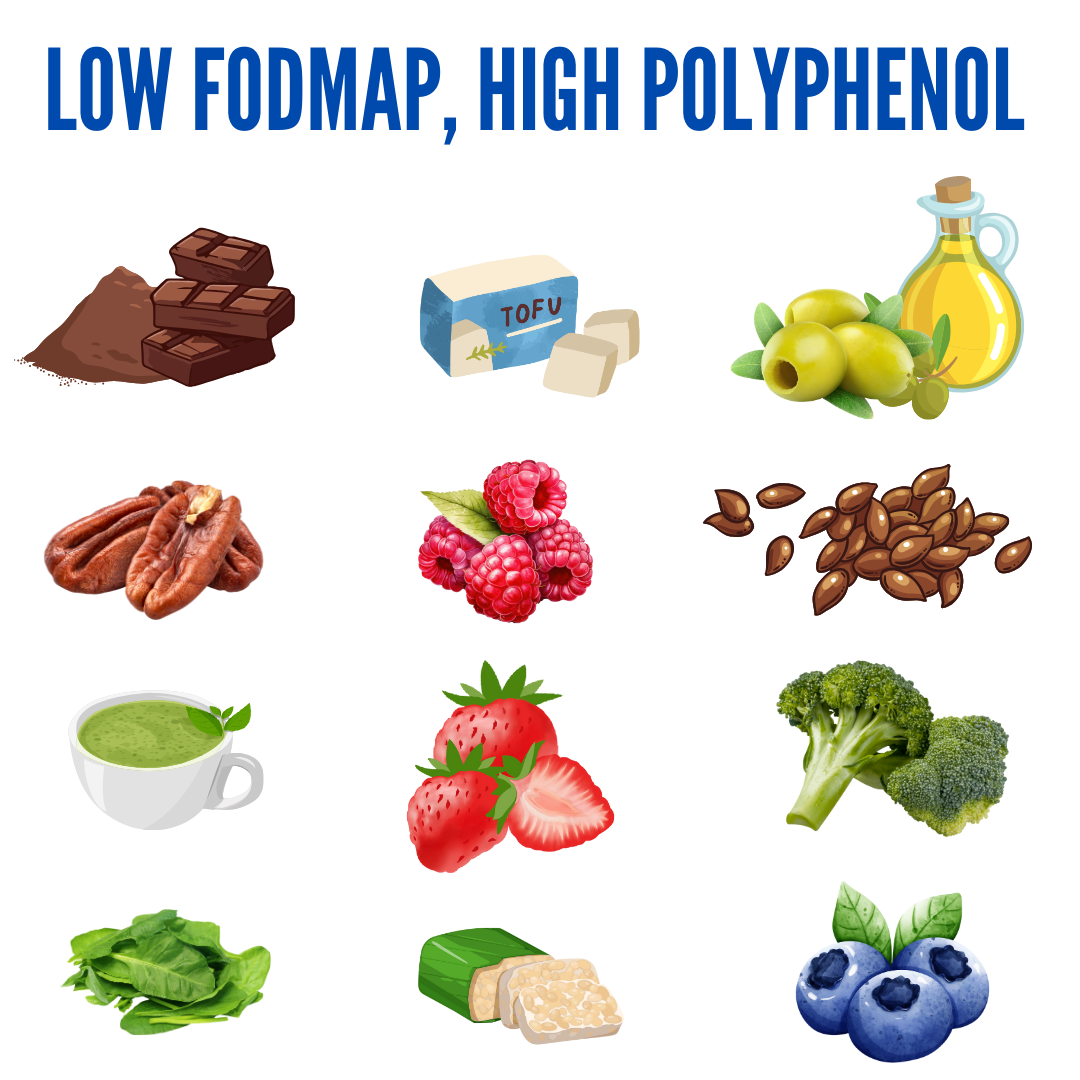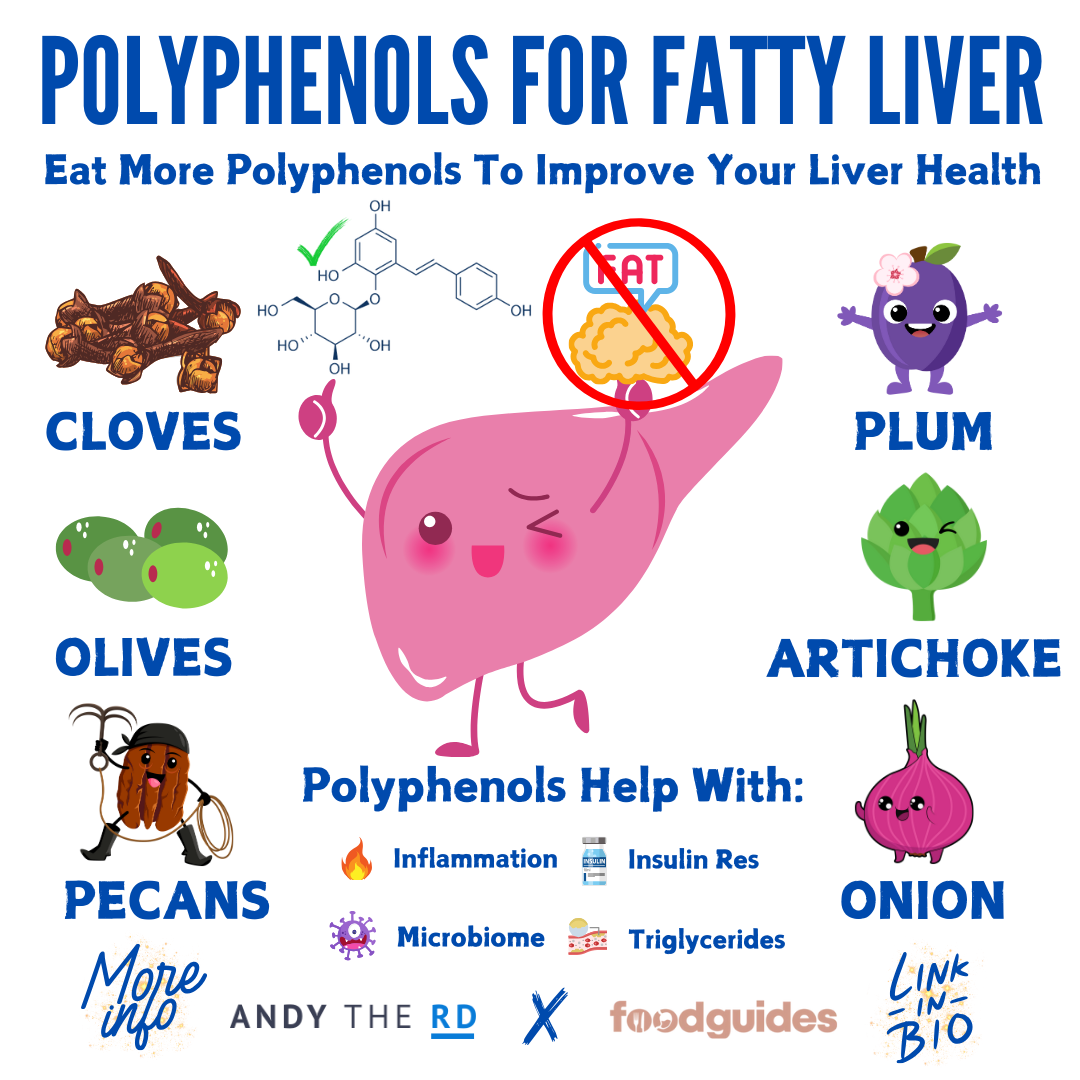Polyphenols are a group of biologically beneficial compounds with anti-inflammatory and antioxidant capabilities that exist naturally in a wide variety of foods of plant-origin.
They are often responsible for the bright colours you see in fruits and vegetables, and actually play a role in protecting the plants that contain them from external damage ( due to the sun, pathogenic compounds and so on).
Oh, and they just so happen to offer similar protections to the people who eat those plants ( specific foods are very high in polyphenols, which I will explore a bit later in today’s article).
Among all the potential benefits of polypenol consumption, what intrigues me most is their potential interaction with human gut bacteria.
Dietary Sources Of Polyphenols
The reality is that across all of the different foods of plant-origin, there are thousands of polyphenol compounds that a human might encounter.
These thousands of compounds are part of a smaller number of polyphenol sub-groups which include phenolic acids, flavonoids, lignans and so on.
For the sake of this article, we won’t worry about those classifications but instead speak in more practical terms by identifying the major foods that polyphenols are found in.
If you pursue variety in your intake of these foods, inevitably you will encounter a wider variety of polyphenol subtypes.
According to data published in 2010 out of the European Journal Of Clinical Nutrition – there are at least 8 categories of polyphenol containing food groups with certain members of each group representing significantly rich sources.
These include:
Seasonings: Rosemary, thyme, cloves, peppermint,ginger.
Fruit: Berries, cherries, plums & prunes, apple, grapes, pomegranate, banana.
Vegetables: Onion, artichoke, asparagus, olives, broccoli, carrots, bell pepper, cauliflower.
Legumes: Tofu, tempeh, blackbeans, white beans, soy beans.
Nuts/Seeds: Flax, chestnuts, hazelnuts, almonds, walnuts, pecans.
Cocoa Products: Dark chocolate, cocoa powder.
Beverages: Coffee, black tea, green tea, red wine.
Whole Grains:Whole grain wheat, whole grain rye.
While polyphenols are not exclusively reserved to the sampling of foods above, the selections listed are a particularly rich source and may help guide you in seeking greater variety in your dietary intake.
But the question still remains, why care about polyphenols?
Polyphenol Intake & Your Gut Bacteria
Aside from the fact that polyphenol containing foods are generally nutrient dense and otherwise considered among the most healthful, what has attracted my attention is the emerging evidence linking polyphenol intake and enhanced gut health.
As I noted in the introduction, this interest stems from the great deal of research I put into my latest book on acid reflux.
You might imagine that these compounds have a potentially wide ranging array of protective benefits, but I’m going to focus on their interaction with the gut microbiome.
There is a growing interest around this particular topic area because polyphenols travel through our small intestine without being absorbed and thus gut bacteria are largely responsible for metabolizing polyphenol compounds and the breakdown products of this process may, in turn, offer benefits back to the gut bacteria through a sort of pre-biotic effect.
In other words, polyphenol metabolites may increase the populations of healthy bacteria in your gut ( ie: Bifidobacterium, Lactobacillus etc) and yet also rely on the presence of these healthy bacteria in the first place to be fully metabolized.
It does appear to be very much a synergistic relationship and presumably the host of other benefits to be gained from polyphenol consumption also depend on a healthy population of gut bacteria to break them down and increase their bioavailability.
Perhaps unsurprisingly, these polyphenol metabolites may have the potential to suppress the growth of harmful bacterial populations ( such as C. perfringens and C. histolyticum) as well.
These characteristics certainly justify the intrigue.
References For Part II
Andy De Santis RD MPH








